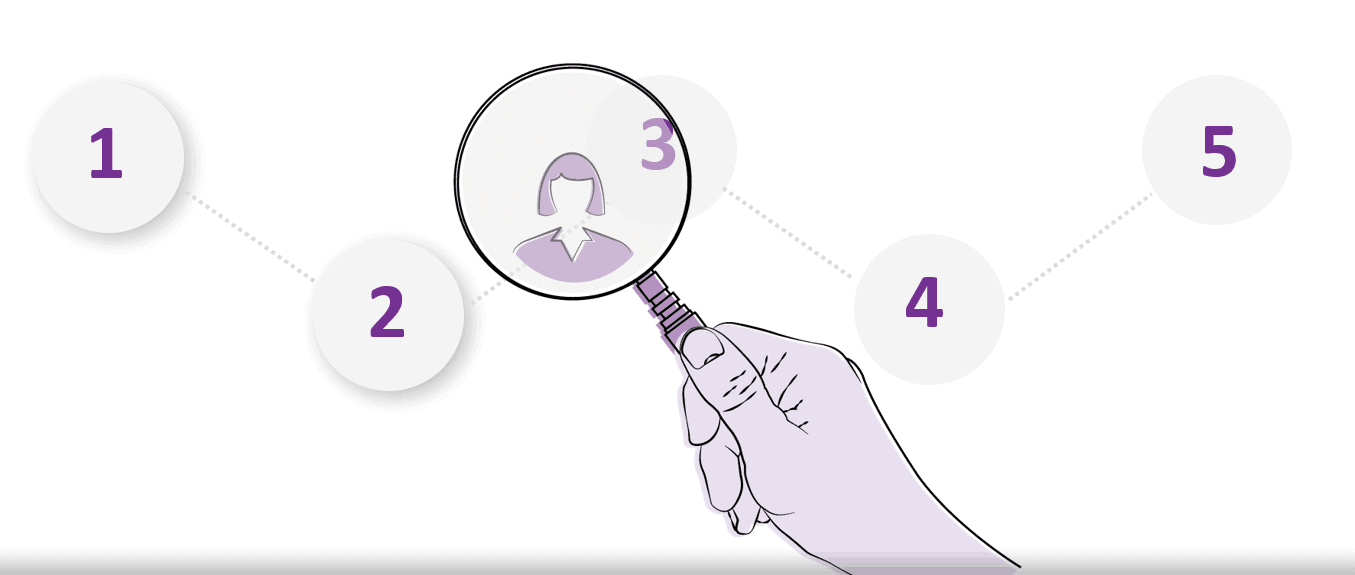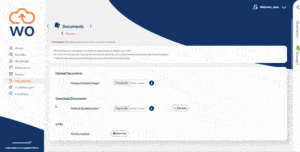The lack of any agreed HR definition for ‘onboarding’ highlights the challenge that it poses.
Employee onboarding covers a tricky intermediary stage of the hiring cycle – it’s the phase between offering a candidate a role and them starting in that position.
So typical onboarding tasks include contract signing, reference checks, sending out welcome packs and all the admin preparations that are required to be ready for new starters.
The exact point where recruitment ends and onboarding starts is often not clearly defined and this can create an awkward administrative clash between the two hiring phases.
The lack of clarity often leads to confusion over roles and task responsibilities – especially if recruitment is being handled externally. It also causes admin inefficiencies and errors as information is manually transferred between recruitment and HR systems.
This organisational disconnect is often felt by incoming hires. After the intensity and elation of recruitment and accepting a job offer, they suddenly find themselves being left in the dark – not knowing what’s happening.
Frustration of traditional approach
With more than two-thirds of UK hiring teams still using traditional communication methods – posted paperwork, emails and calls – to handle onboarding, the stress and uncertainty caused can be considerable.
The need to physically send documents out means onboarding can often take weeks to complete. And the longer it takes, the higher the chances become of candidates dropping out.
So what’s important isn’t so much when onboarding starts or ends, it’s the management processes that are in place to handle the transition which matter.
This is an area where digital technology has completely transformed what’s possible with cloud-based tools able to streamline and improve the interconnection between recruitment and onboarding.
Rethinking what’s possible
Webonboarding provides an innovative cloud-based management approach with the system removing the need for any paper-based handling of information and manual tasks replaced by efficient automated processes.
An online portal is used to handle all of the communications virtually with digital signatures allowing contracts to be dealt with online. It creates a completely paperless way of working.
Cloud-based data management and real-time tracking allows hiring teams to monitor every stage of onboarding – keeping tabs on the current status and responsibilities for each and every task.
This digital approach means that any data that’s captured during the recruitment phase can be instantly accessed by HR, without the need to manually transfer or input employee details.
Improved onboarding experience
This kind of integrated onboarding process helps to tackle the problem of successful candidates being made to endure all the stress and uncertainty of protracted onboarding times as they wait for paperwork to be completed.
The online portal creates a fast, open and transparent way for them to keep in touch with exactly what’s happening and what’s required of them at each stage. Instead of being left in the dark, they’re able to learn more about the culture of an organisation with access to company background docs, policies and guides.
Webonboarding also provides integrated feedback tools to allow new hires to rate their experience, highlighting ways that HR can improve the new starter ‘journey’ and reduce the risks of dropout.
So while the exact definition of when onboarding starts and ends may remain fuzzy, this is largely a reflection of a new approach to managing new hires. With modern tools and the benefits of digital communications, employee onboarding becomes more fluid and adaptable.
With a seamless transition between recruitment and onboarding, the joins between onboarding and recruitment become imperceptible and unimportant. What matters is that you have a fast, efficient and engaging process to handle new hires.




